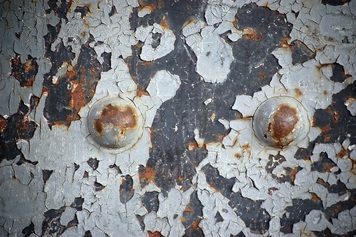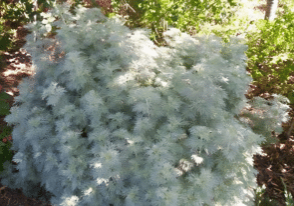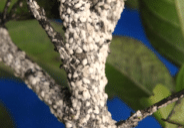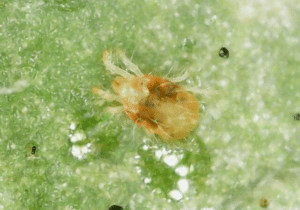by Dan Staschiak


Dan Staschiak
Dan Staschiak has been a painter for 10 years and is the owner of Staschiak, Painting, LLC
Primers do a lot of work, from sealing odors and stains to providing adhesion for paint coats. But with so many products on the market it can be tough knowing what to use for your next project.
Before you open up a can, make sure that the surfaces you will prime are clean, dry, free of loose or peeling paint, and sanded. Sanding is especially important for oil paint and glossy surfaces so that the primer can bind to the surface properly and won't just peel later. Remember to wear a mask and goggles when scraping and sanding old paint, especially if it might contain lead. You can buy lead paint test kits at hardware or paint stores to know for sure.
One of the challenges for homeowners is knowing what product to use. If you don't know whether you are working with existing oil or water-based paint, give it the alcohol test. Pour some rubbing alcohol on a cotton swab and rub it in an inconspicuous place. If paint comes off, it's latex; if not, it's most likely oil. Oil-based paints need a coat of oil primer before being top-coated with water-based paint. A lot of older houses have latex painted directly on top of oil paint and have problems with the latex peeling off because it didn't bind to the oil. If this happens, your options are limited to: (1) stripping off the latex paint, sanding, oil priming, and then painting, or (2) touching up the peeling latex, knowing the problem will continue.
Let's look at several of the most common types of primer:
PVA primer is water-based, budget-priced and intended to seal new drywall before you paint; it is not recommended for other uses.
Water-based multi-purpose primers are meant to seal and hide stains, bind to bare materials like wood or drywall, and hide bright or dark colors when changing paint colors. Some claim to seal water stains, but oil- or shellac-based primers will seal moderate to severe stains better. Check the label for indoor or outdoor use.
Bonding primers provide superior adhesion for difficult surfaces, such as painting over wood cabinets or paneling – but that doesn't mean you can skip the prep work. Adequate sanding will break the old finish coat and provide small texture for the primer to grip; check by sight and feel to make sure the surface is no longer slick. Bonding primers also work well for sealing the edges of peeling, weathered paint after you've scraped off all the loose pieces. There are even high-build (extra thick) primers that can make the uneven paint layers look a little better – but, sorry, it won't make cracked and peeling surfaces look new again.
Oil primer is often messy and requires paint thinner or mineral spirits to clean up. This is the old standby for sealing water stains, grease splatters, ink, rust, and more. Most cans of spray primer are oil-based and can seal small spots with ease and minimal cleanup. Oil primer is also the best choice for priming over oil paint, wallpaper (if you don't want to remove it), and weathered wood that expands and contracts too much for other products to adhere properly. Oil primer can be top-coated with oil or water-based paint. There are low odor varieties available, but still plan to open the windows and turn on a fan for adequate ventilation while priming.
Shellac-based primer is pricey, at nearly $9 for a spray can, but it works against those toughest stains like tannin (in wood knots) or severe water stains when even oil primer doesn't work.
If you still have questions about which primer is right for your project, spend some time reading the can labels (they are usually quite detailed about uses), or ask the folks at your neighborhood paint stores. A good primer is the foundation for a great finished project. Happy painting!











